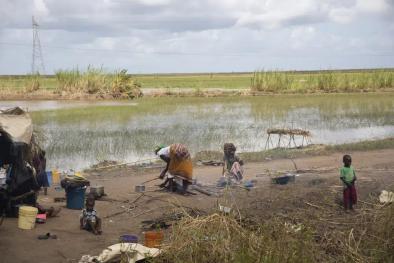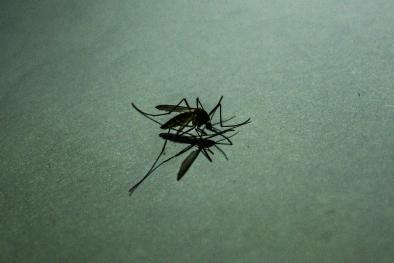Science Source
Drought and immunity determine the intensity of West Nile virus epidemics and climate change impacts
- Uses analyses at national and state scales to examine a suite of climatic and intrinsic drivers of continental-scale West Nile virus epidemics, including an empirically derived mechanistic relationship between temperature and transmission potential that accounts for spatial variability in vectors
- Finds that drought was the primary climatic driver of increased West Nile virus epidemics, rather than within-season or winter temperatures, or precipitation independently
- Finds that local-scale data from one region suggested drought increased epidemics via changes in mosquito infection prevalence rather than mosquito abundance
- Finds that human acquired immunity following regional epidemics limited subsequent transmission in many states.
- Shows that over the next 30 years, increased drought severity from climate change could triple West Nile virus cases, but only in regions with low human immunity
- These results illustrate how changes in drought severity can alter the transmission dynamics of vector-borne diseases
Related Content
Headline

Apr 4, 2023 | AP
Waterborne Diseases Flourish In Freddy Aftermath
Headline

Feb 16, 2023 | Climate Nexus Hot News
Malarial Mosquitos' Territory Expands As Climate Warms
Science Source
| Nature Climate Change
Over Half of Known Human Pathogenic Diseases Can Be Aggravated by Climate Change
Mora, C., McKenzie et al
Headline

Jun 30, 2022 | AP
Climate change means more mice, demand for pest control


